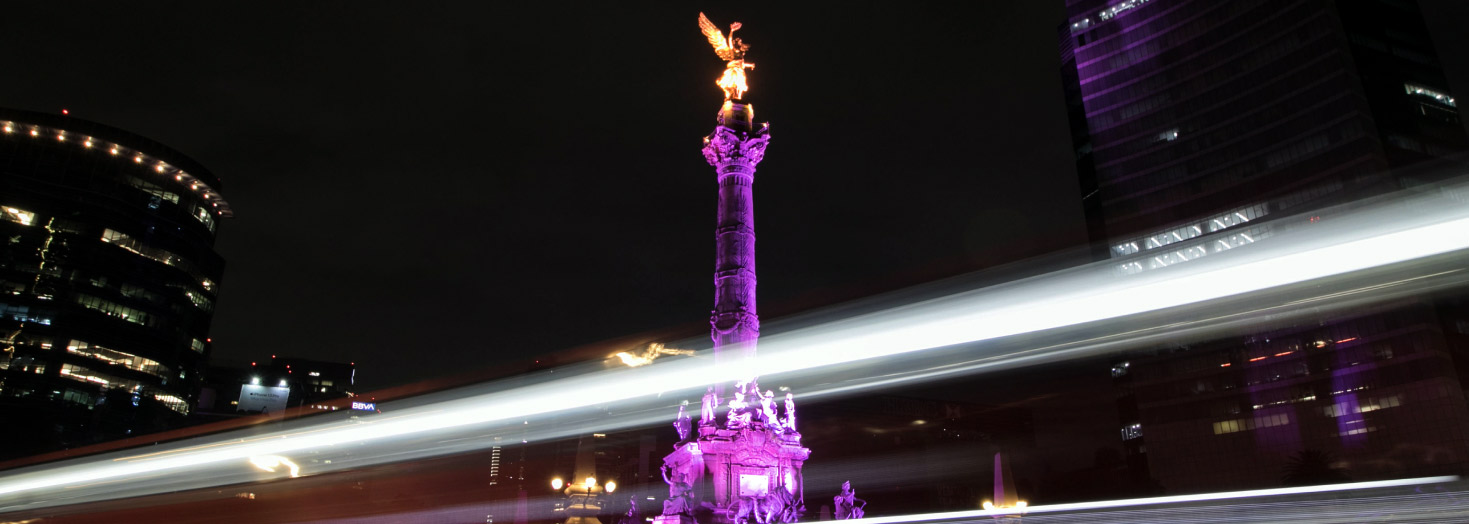
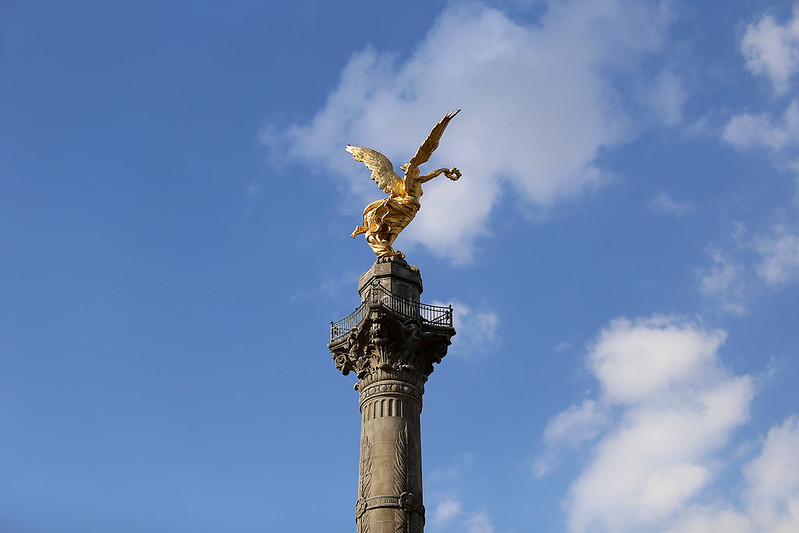

Mexico City’s Ángel de la Independencia (Angel of Independence) and everything you should know.
If you ask Mexico City residents which symbol best represents the city, nine out of ten will name El Ángel. More officially known as the Monumento a la Independencia, the Independence Monument has guarded its own glorieta on Paseo de la Reforma since the centennial celebrations of Mexican Independence in 1910.
Among the ten Glorietas of Reforma, it’s one few visitors will miss, but not one that much is known about.
The monument was designed and built by architect, Antonio Rivas Mercado. His house is today a museum but he’s perhaps best known for his Municipal Palace in Tlalpan.
The Angel of Independence is nearly always the site of celebrations after football or similar international competitions. It’s also usually the starting point for major protests and marches, and for many annual parades.
![]() The Turibus Historic Center Circuit stops on BOTH the northwest quadrant (westbound) and on the southeast quadrant (eastbound) of the Glorieta. The Turibus Coyoacán (South) Circuit stops on the northwest quadrant only.
The Turibus Historic Center Circuit stops on BOTH the northwest quadrant (westbound) and on the southeast quadrant (eastbound) of the Glorieta. The Turibus Coyoacán (South) Circuit stops on the northwest quadrant only.
![]() The Capital Bus Center-Polanco Route stops on the southeast quadrant of the glorieta. Buses from here continue east and back to the Historic Center.
The Capital Bus Center-Polanco Route stops on the southeast quadrant of the glorieta. Buses from here continue east and back to the Historic Center.

Nearest at 0.12 kms.
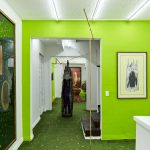
Nearest at 0.18 kms.
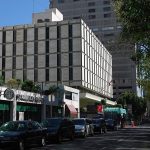
Nearest at 0.19 kms.

One of Chapultepec's more sublime historic homes is a cultural center, too.
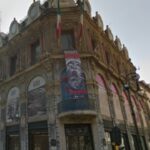
One of Avenida Madero's most famous corners . . .
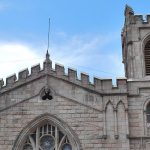
A historic Methodist church on the Avenida Balderas . . .
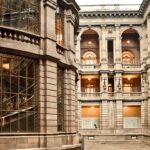
The National Art Museum in Mexico City's Centro Histórico is always going to be a holiday highlight.
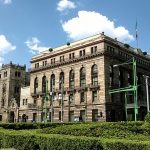
A sublime Italian Renaissance style has greeted passersby for nearly 120 years. Here's what it's about.